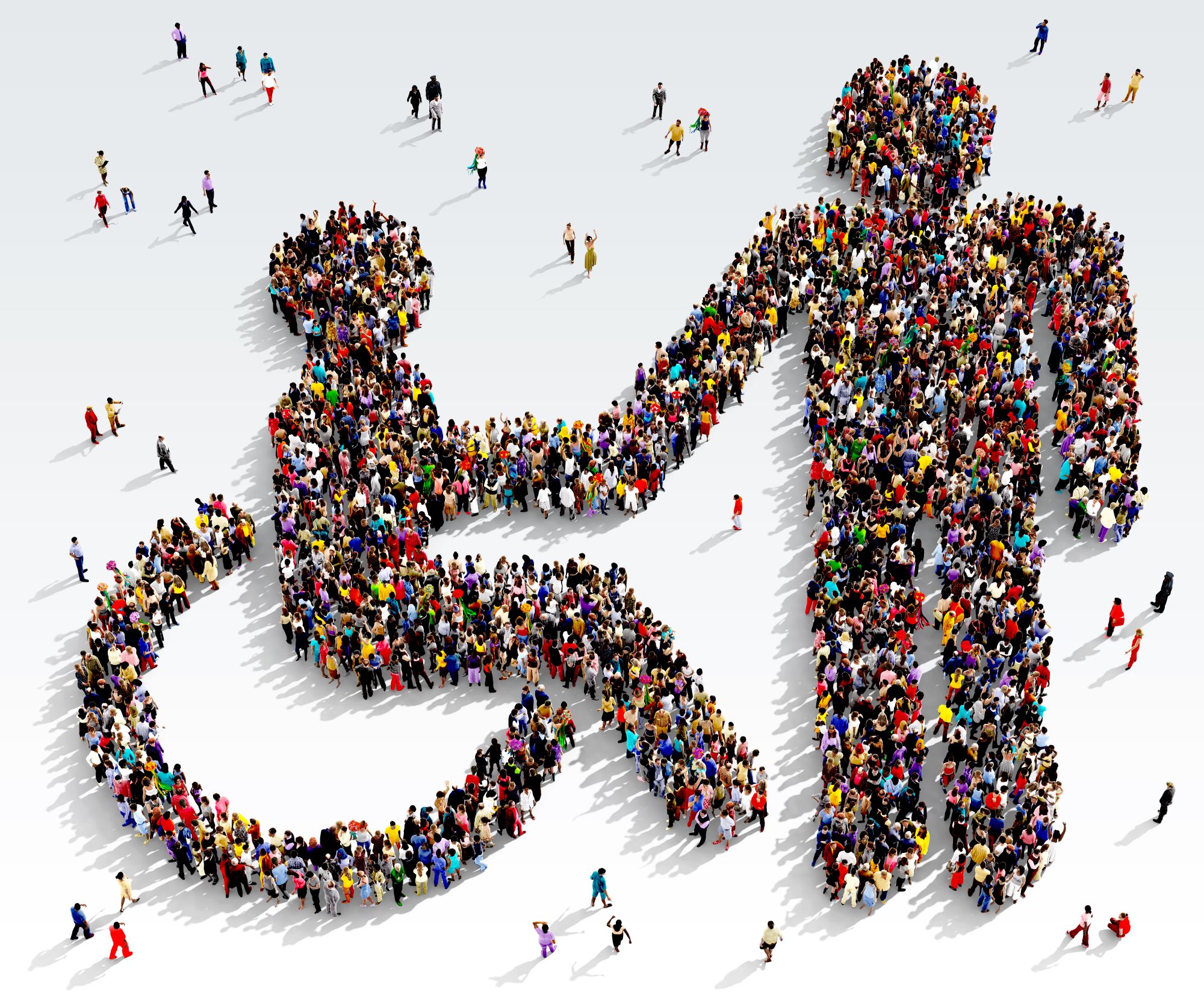
The Differences Between Social Model & Medical Model of Disability
The social model of disability states that disability is caused by the way society is organised. It looks at ways of removing barriers that restrict life choices for disabled people. When the barriers are removed, disabled people can be independent and equal in society, with choices and control over their own lives. A social model drives and embraces solutions and empowers ambitions and life enhancing moments.
The Medical model does not explain personal experiences of disability or help to develop more inclusive ways of living. The Medical model of disability says people are disabled by their impairments or differences. The medical model by implication looks at what is (‘wrong’ or ‘different’) with the person and not what they need for life enhancing moments.
What is the Social Model of Disability?
The social model of disability states that disability is caused by the way society is organised. The remedy is a change in the interaction between the individual and society.
What is the Medical Model of Disability?
The medical model of disability claims people are disabled based on their impairments or differences. The medical model can cause low expectations and lead to a loss of independence, choice, and control.. The medical model tries to remedy disability through a medical cure, or by trying to make the person appear less disabled, and ‘more normal’.
How can we Change Attitudes Towards Disabled People?
Everyone in our world is unique, we all have strengths and weaknesses, and no one is perfect. Differences bring positives and change to our world, allowing our tomorrows to exist with life enhancing moments.
Approaches to changing employers’ attitudes include: The Valuable 500; Heroes of past and present who have conquered seeing light out of darkness; Leadership from the top; government support to employers in the form of information and legislation; resources and recognition; credible and reliable sources of information; Embracing Disability & Diversity Globally, the world is a talented and even better place.
Changing attitudes to individuals, organizational level, and sales focus in employment, education and health, and government level.
The numbers say it all, 23% of the world’s population are disabled – spending $13 trillion in sales annually. Nearly 1 person in every family of 4 has a disability. Most companies recruit under 5% of their staff with a disability.
The UK as an example has 14.1 million people who are disabled that is 22% of the nation’s population with a spending power of 274 billion pounds per annum. The world has 1.85 billion people who have a disability with a spending power of $13 trillion per annum.
Whether it be in employment or in sales spend the power of disabled talent is significant and makes a difference for the better to the world of tomorrow for tomorrow to exist, naturally and sustainably. Health and wellbeing at heart has become a greater focus after COVID 19, impacting every country in the world like never before.
Examples of the Social Model of Disability in Action
- A wheelchair user wants to get into a building with steps at the entrance. In a social model solution, a ramp would be added to the entrance so that the wheelchair user is free to go into the building immediately.
- A teenager with a learning difficulty wants to work towards living independently in their own home but is unsure how to pay the rent. In a social model the person would be supported so that they are enabled to pay rent and live in their own home.
- A person with a visual impairment wants to read the latest best-selling book to chat about with their sighted friends. In a social model the publishing group ensures full text audio recordings are available when the book is first published. This means all students and those with a love of literature with visual impairments can join in with cultural activities on an equal basis with everyone else.
Examples of the Medical Model of Disability in Action
- A wheelchair user wants to get into a building with steps at the entrance. In a medical model there are few solutions to help the wheelchair users to climb the stairs, which excludes them from many essential and leisure activities.
- A teenager with a learning difficulty wants to work towards living independently in their own home but is unsure how to pay the rent. In a medical model the young person might be expected to live in a communal home.
- A person with a visual impairment wants to read the latest best-selling book to chat about with their sighted friends. Under the medical model, there are very few solutions.
At Kaleidoscope Group, we offer expert training, knowledge and guidance on all things disability. From Kaleidoscope Recruitment for employers and employees to Kaleidoscope Advisory for a company-wide review assessing policies, practices, recruitment and hiring processes, leadership, monitoring, engagement and physical / environmental accessibility. Along with Kaleidoscope Investments in which we help grow disabled entrepreneurs and businesses originating from a disabled person. Contact us today with any questions you have.
